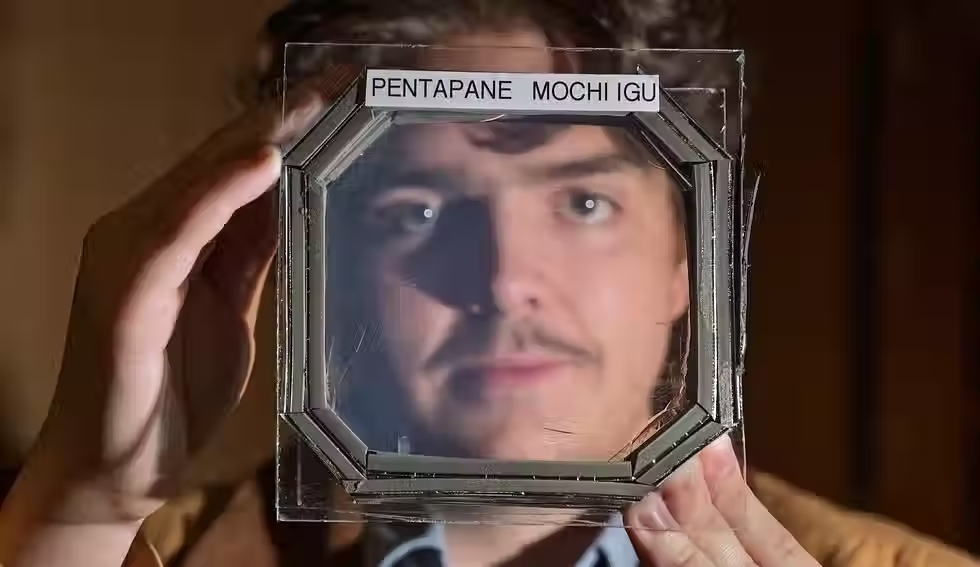HKU Engineering team uses diamond microparticles to create high security anti-counterfeit labels
- Mateo Cardinal
- Jul 31, 2023
- 2 min read

Counterfeiting is a serious problem affecting a wide range of industries - from medicine to electronics, inflicting enormous economic losses, posing safety concerns and putting health at risk.
Counterfeiters and anti-counterfeiters are now locked in a technological arms race. Despite anti-counterfeiting tools becoming more and more high-tech – including holograms, thermochromic ink and radio frequency identification tags, fake products are becoming harder and harder to tell apart from the genuine articles because counterfeiters are using increasingly advanced technology.
Recently, a team of researchers led by Dr Zhiqin Chu of the Department of Electrical and Electronic Engineering of the University of Hong Kong (HKU), together with Professor Lei Shao of the School of Electronics and Information Technology of Sun Yat-sen University, and Professor Qi Wang from Dongguan Institute of Opto-Electronics of Peking University developed a pioneering technological solution that counterfeiters have no response to.
Dr Chu’s team created diamond-based anti-counterfeiting labels that are unique and known in the industry as PUFs - Physically Unclonable Functions.

The team made these labels by planting tiny artificial diamonds – known as diamond microparticles, on a silicon plate using a method called Chemical Vapour Deposition (CVD).
The diamond microparticles, all different in shape and size, form a unique pattern when they scatter on the silicon substrate. Such pattern is impossible to replicate and therefore scatters light in a unique way. Put simply, it forms a unique “fingerprint” than can be scanned using a phone.
The second level of uniqueness, and hence security, comes from the fact that these diamond microparticles have defects known as silicon-vacancy (SiV) centers.
SiVs give diamond microparticles a unique optical property - they emit near-infrared photoluminescence when a green light is shone on them, which makes them easily identifiable. These unique optic signatures can then be combined and digitized into codes of very high sophistication and security that can be read by a simple smartphone scanner and/or a confocal fluorescence microscope.
Very importantly, these diamond-based labels are highly suitable for the use in commercial products as they are extremely tough – in the trials they withstood heat, the action of chemicals and physical damage.
And, they are cheap – it costs just one US dollar to make 10,000 such labels of 200 µm × 200 µm dimensions. Moreover, because they are made from diamonds, these anti-copying labels would enhance the value of the product.
The labels are ready to be used commercially, said Dr Chu, adding that the team’s next step is “to focus on the practical application”.
“Diamond anti-counterfeiting will be favoured in various high-end products such as jewellery, luxury goods, electronic products, and automobiles,” he said. Reference Multimodal dynamic and unclonable anti-counterfeiting using robust diamond microparticles on heterogeneous substrate
Tongtong Zhang, Lingzhi Wang, Jing Wang, Zhongqiang Wang, Madhav Gupta, Xuyun Guo, Ye Zhu, Yau Chuen Yiu, Tony K. C. Hui, Yan Zhou, Can Li, Dangyuan Lei, Kwai Hei Li, Xinqiang Wang, Qi Wang, Lei Shao & Zhiqin Chu



























Comments